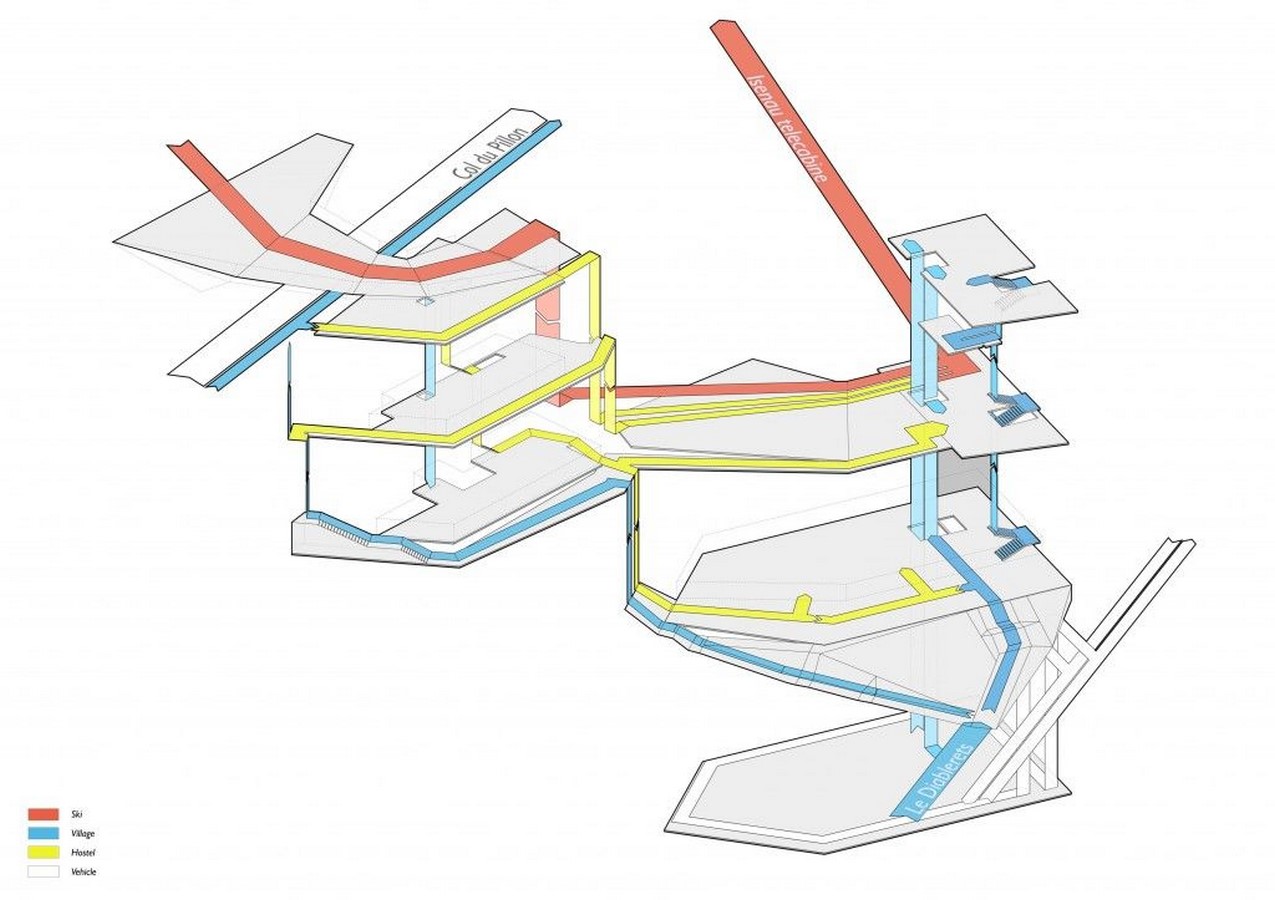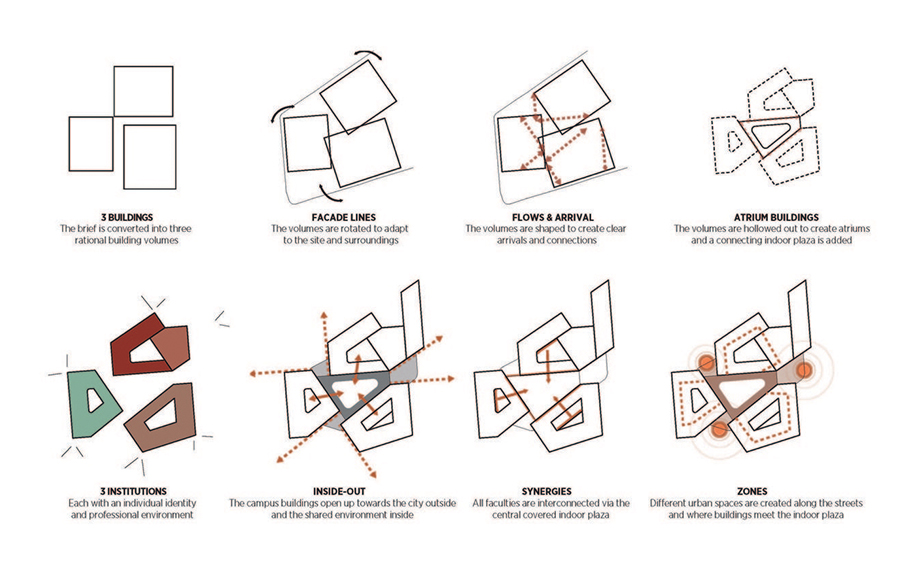
Derived from the Greek words bios meaning life and mimesis meaning to imitate, the forms are inspired by nature. The structures are often literal translations of biological organisms. They also draw inspiration from the workings and the processes of various flora or fauna. It uses nature to solve issues in the building’s functioning and to optimize energy efficiency. The natural geometries, tessellations, and materials found in an organism are adapted to suit our needs.
Gaudi’s Sagrada Familia is the first of this typology, inspired by a forest. The Eastgate Development in Zimbabwe emulates a termite nest with the help of ventilated facades.
Below is the list of 8 such architecture concepts among Architecture students:
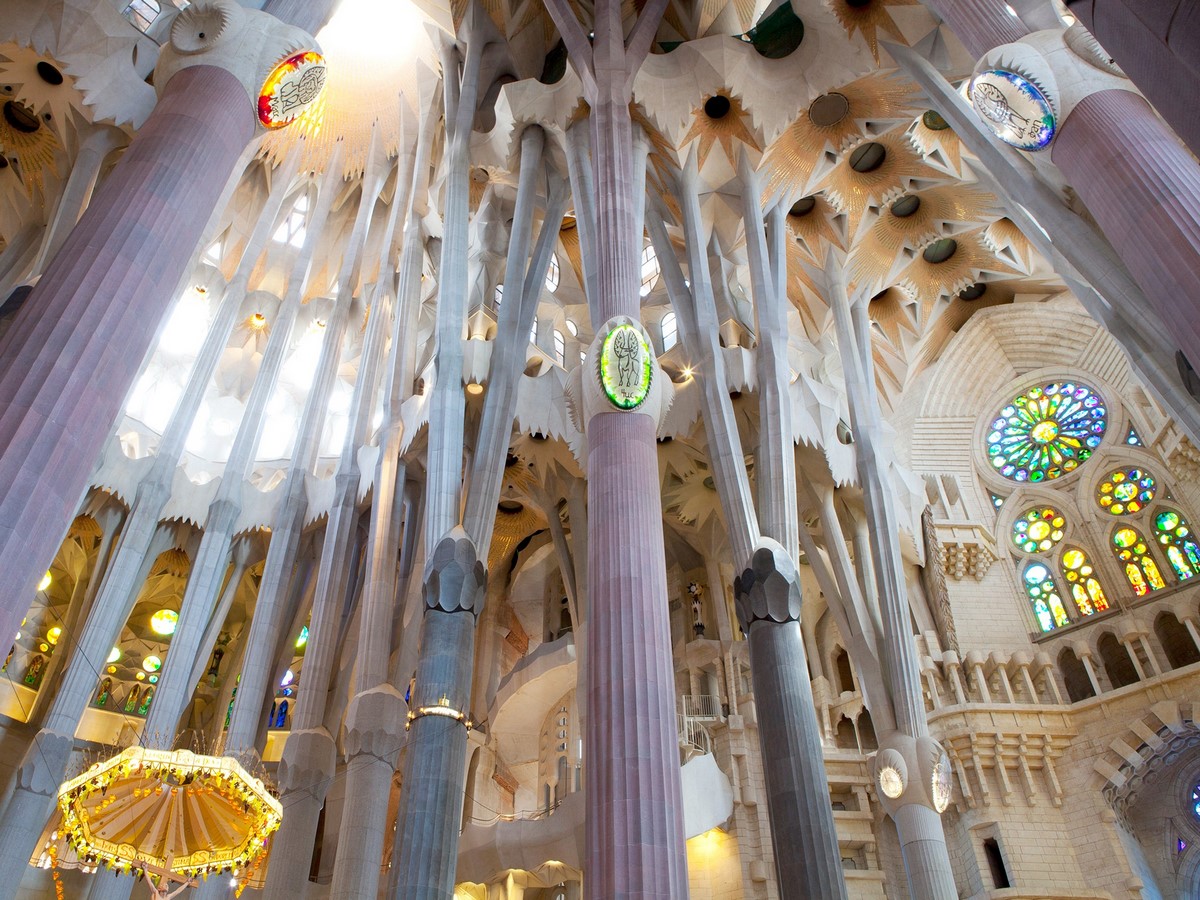
2. Public and private | Concept For Architecture :
This is the most common and basic concept used by freshers. The spaces are designed purely based on function and user requirements. Mostly this concept is used in combination with a more abstract concept. It gives rise to zoning diagrams which in turn lead to the program of the building. The segregation of spaces is for the daily and occasional activities. The public spaces cater to the rooms frequented by visitors and outsiders, while the private ones relate directly to the clients. This introverted concept pushes the boundaries by incorporating unique design elements in the transition spaces. The transition between public and private becomes an interactive, extroverted space where nature and people are interdependent.
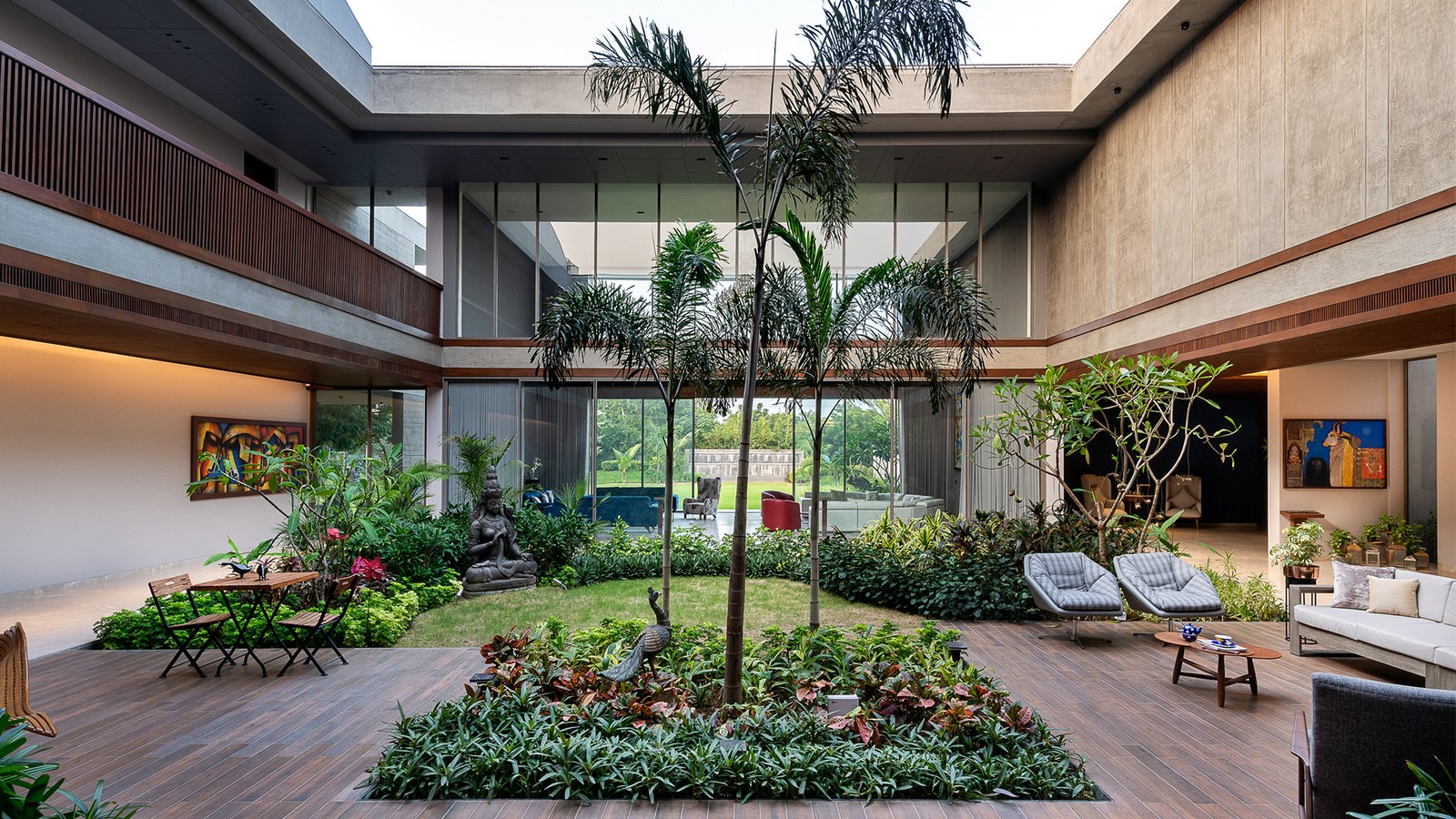
3. Light | Concept in Architecture:
Illumination is a concept as old as time. The tried and tested concept relies on the natural light received by the internal spaces. The amount of light entering the structure is regulated with the help of openings. The varying size and shapes of the windows and cut-outs, control the ambiance and quality of the room. The daylight also creates a happy environment, conducive to working. Patterns of openings and tessellated screens are used to create interesting shadows on the walls and floors. Fenestrations are introduced in the form of skylights and windows which permit light along with protecting the rooms from the elements. Large glass facades are interrupted by sunshades, screens, and paneling to soften the glare of sunlight and heat.
It is seen in various sacred spaces like the ancient Roman Pantheon as well as the Church of Light. The Louvre at Abu Dhabi incorporates a metal screen along with white interiors to create a tree shade pattern on the surfaces as light bounces off the surfaces.
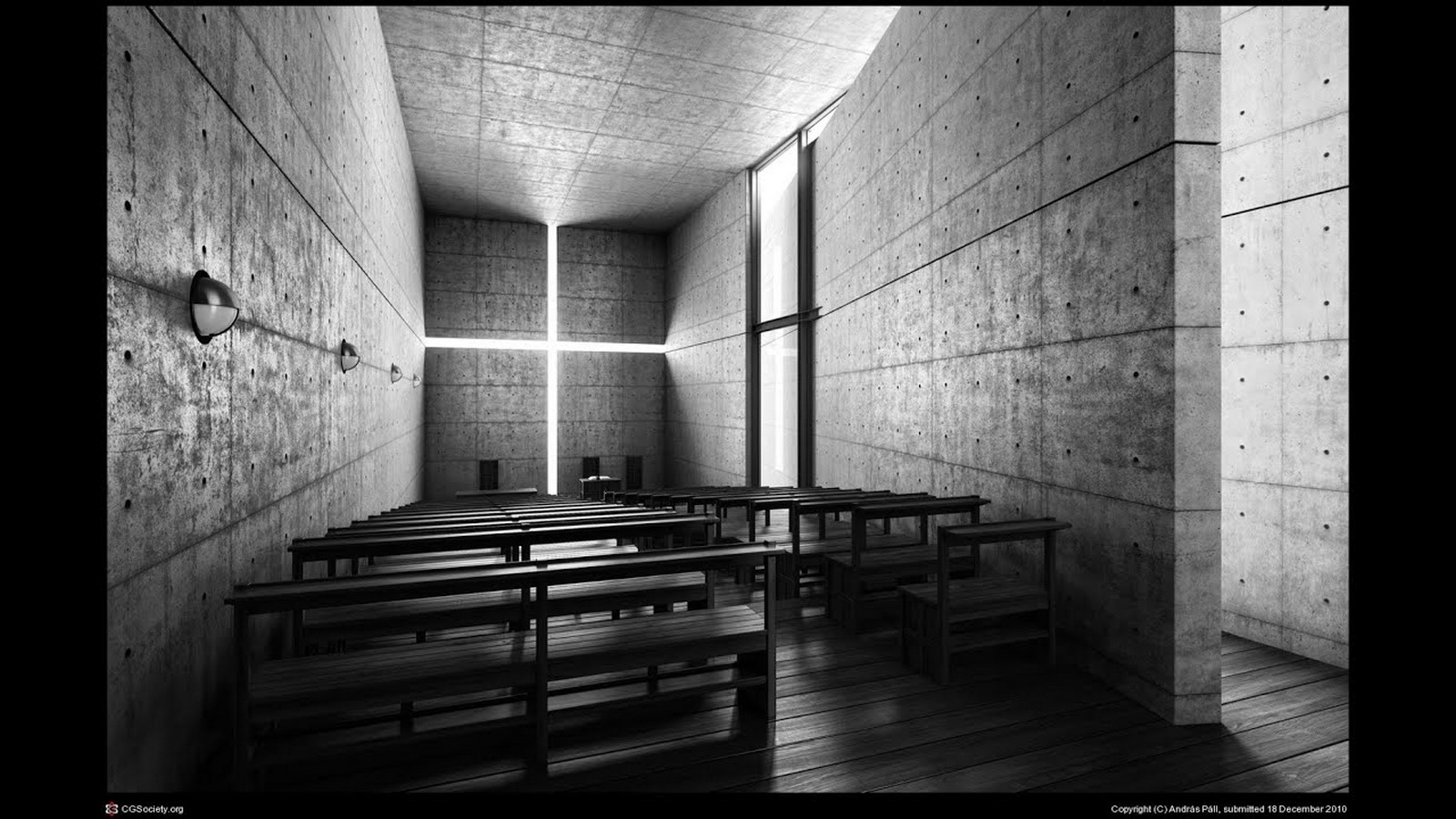
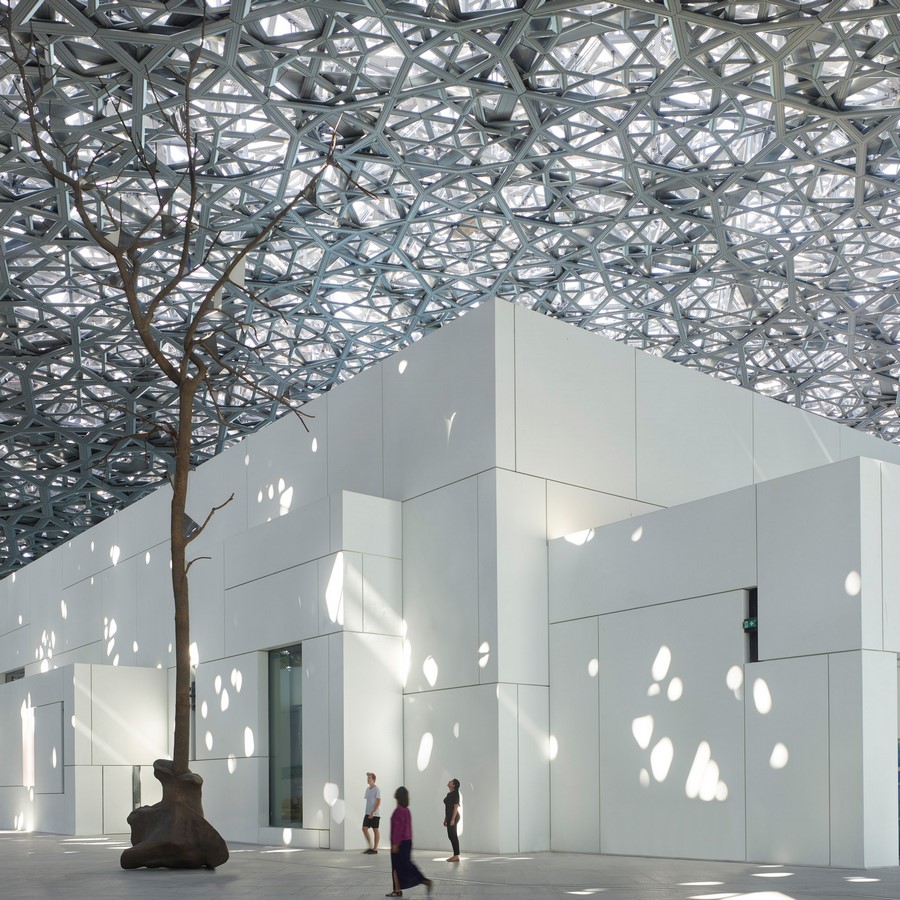
4. Abstract idea | Architecture Concepts:
A single word thought or piece of literature can inspire the creation of an experience. These ideas are often philosophical and question the existing realities of the world. Utopian, fantastical themes are derived and translated into a narrative. The narrative may be converted into a three-dimensional form or be drawn into an experience. Often interlinked with a journey, and the movement through the site and the structure, the abstractness of the concept enables one to freely explore the realm of creativity.
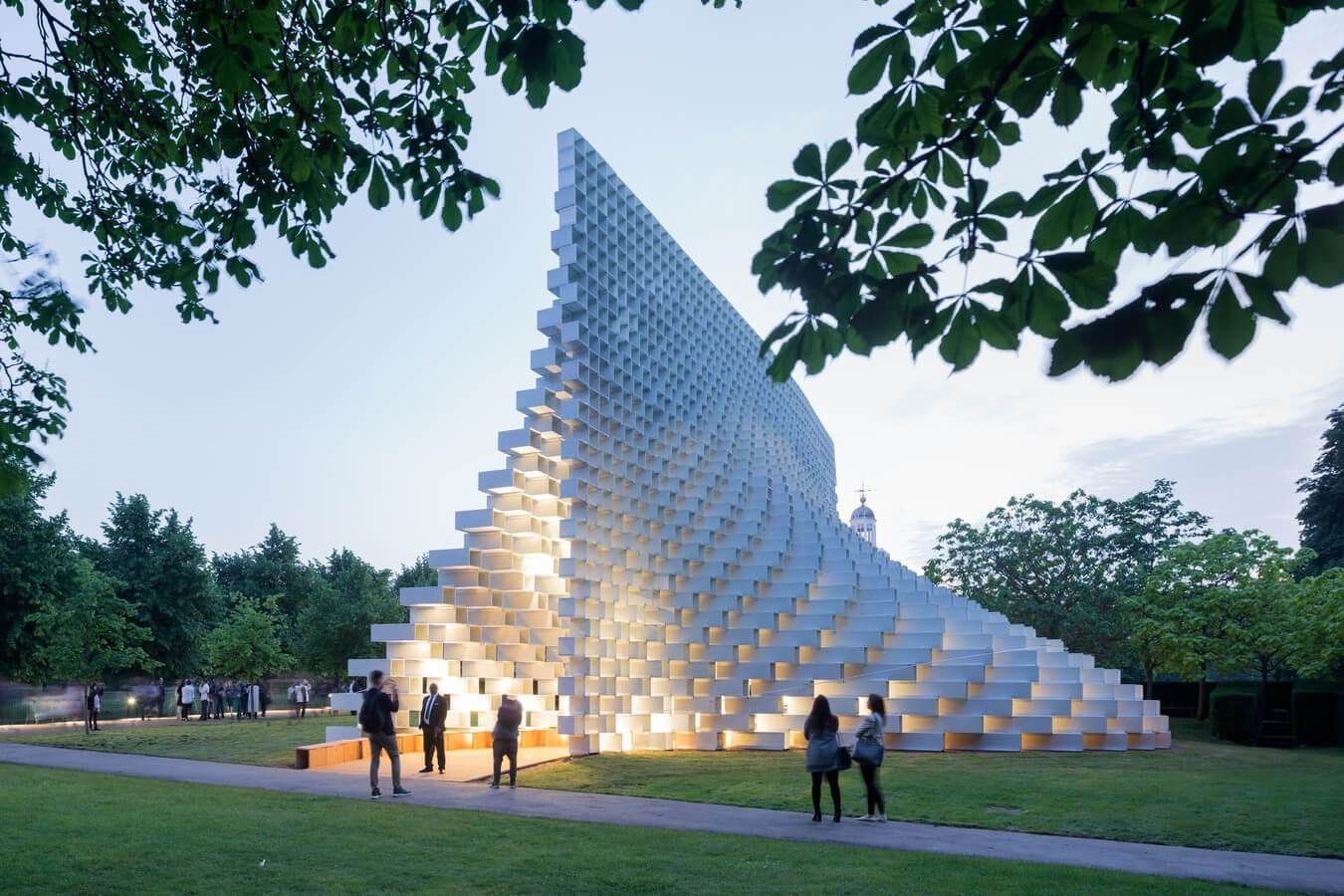
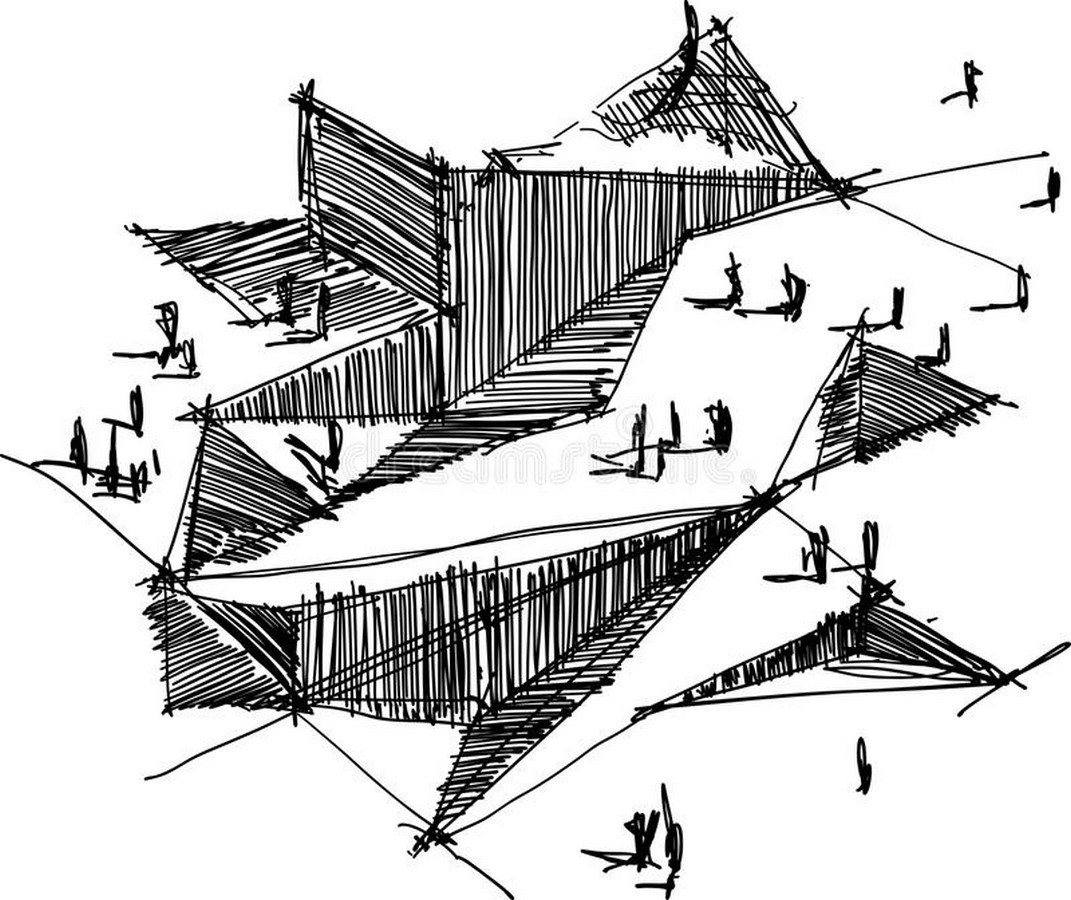
The five senses of human perception enable us to experience the spaces around us. Our tactile senses are most prominently affected as we feel the textures and materials surrounding us. An aesthetically pleasing structure with plenty of natural light brings tranquillity within us. Colors psychologically affect our mood, and can even nurture mental wellbeing. Bringing nature into built spaces is a calming influence, as the greenery and freshness revive our spirits. Our olfactory nerves, sense the smell of natural materials like mud and flowering plants evoke associated memories. Acoustics are designed to maintain clarity of thought and speech. Sometimes the feel and sound of wind gushing through a series of openings can calm us.
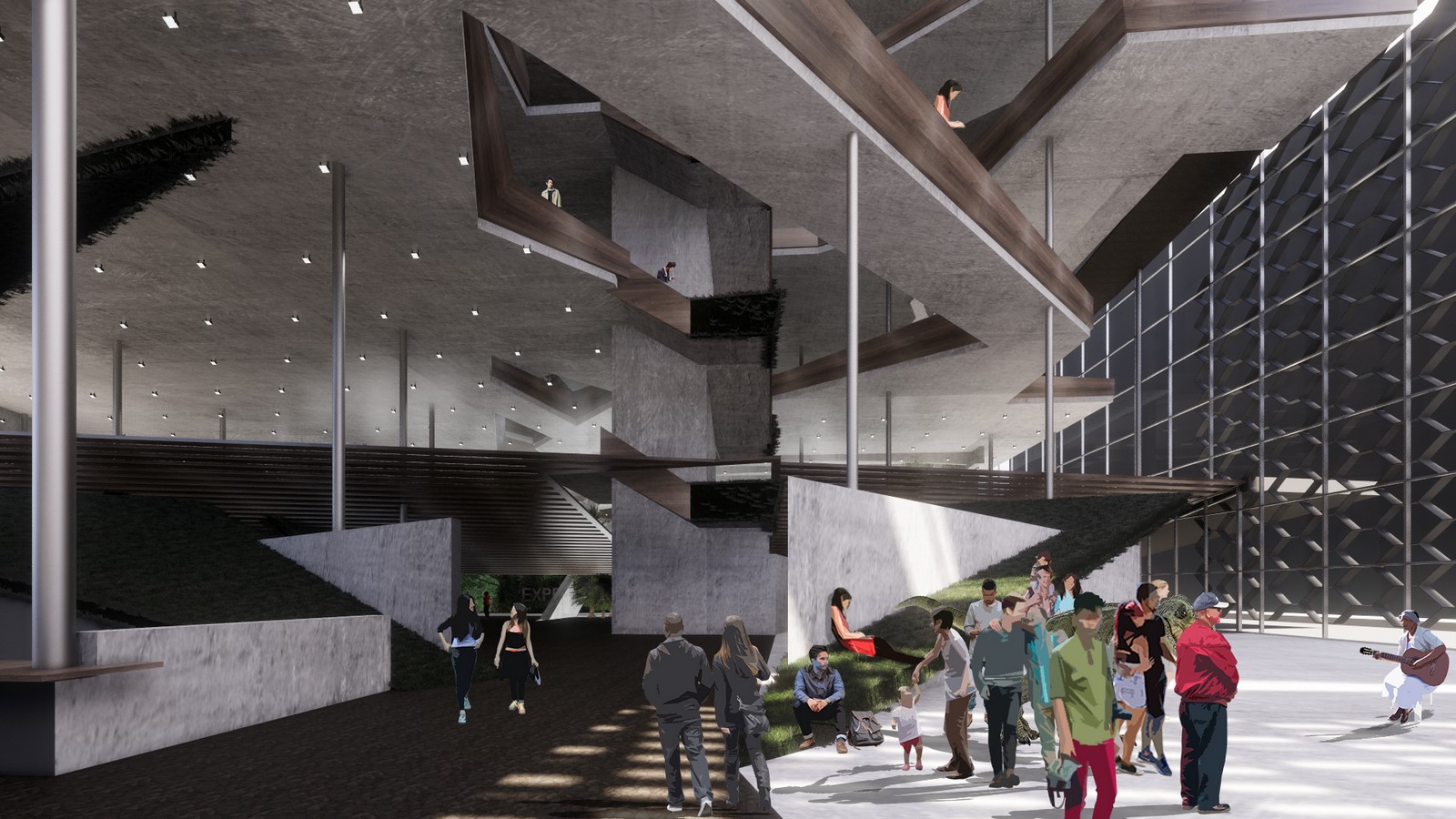

6. Symmetry | Architectural Concepts :
Seen in either plan, elevation, or section or all three, symmetry is inspired from the natural environment. Much of the organic world is symmetric or mirrored including the human body. The physical aspect of the design is the manifestation of our surroundings. The axis of symmetry enables us to work with certain fixed proportions adapted to human perception and visual connectivity. Symmetry can also be at a micro level, in the detailing, materials, and finishes of the spaces. Symmetry is more pleasing to the eye as it appeals to our base instincts.
Most ancient architecture is symmetric including the TajMahal and the Eiffel tower. Modern architecture is more asymmetric visually and symmetric in functionality. The Salk Institute by Louis Kahn is an example of symmetric modern architecture.

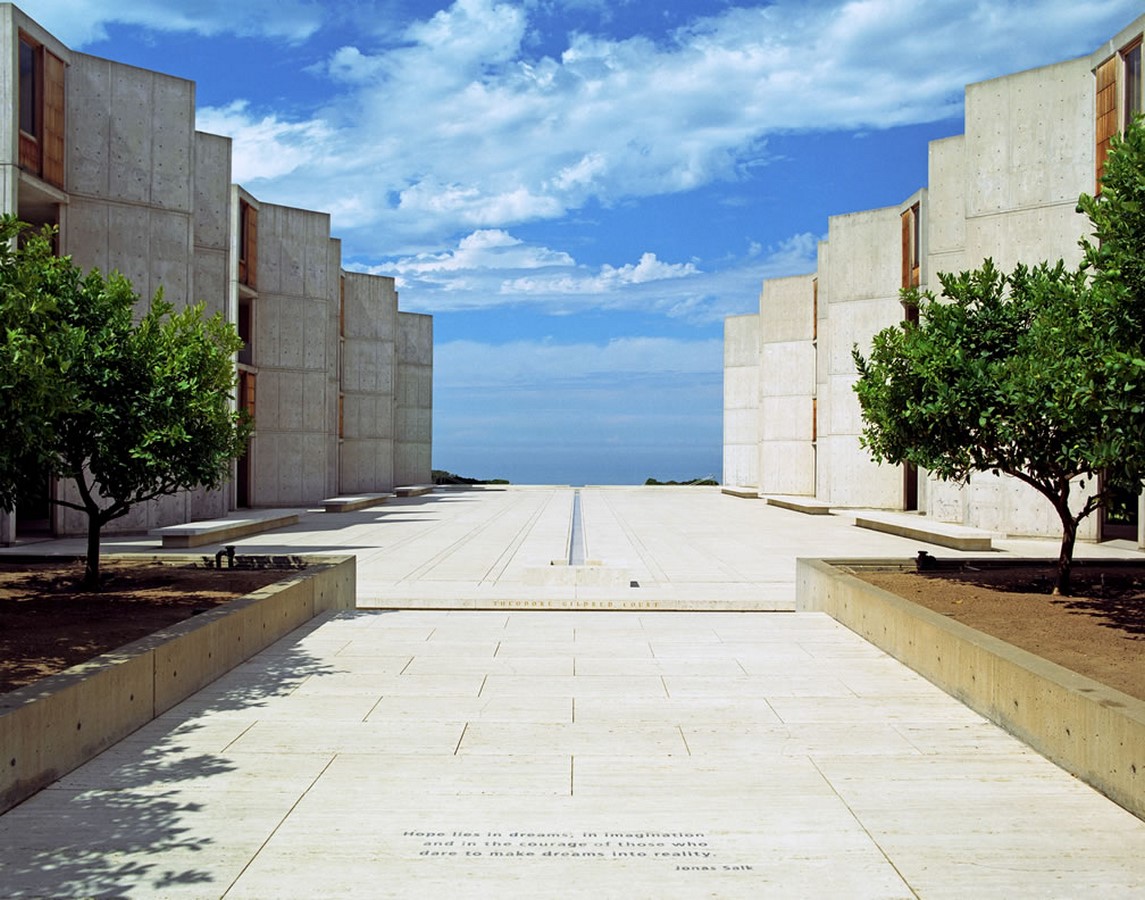
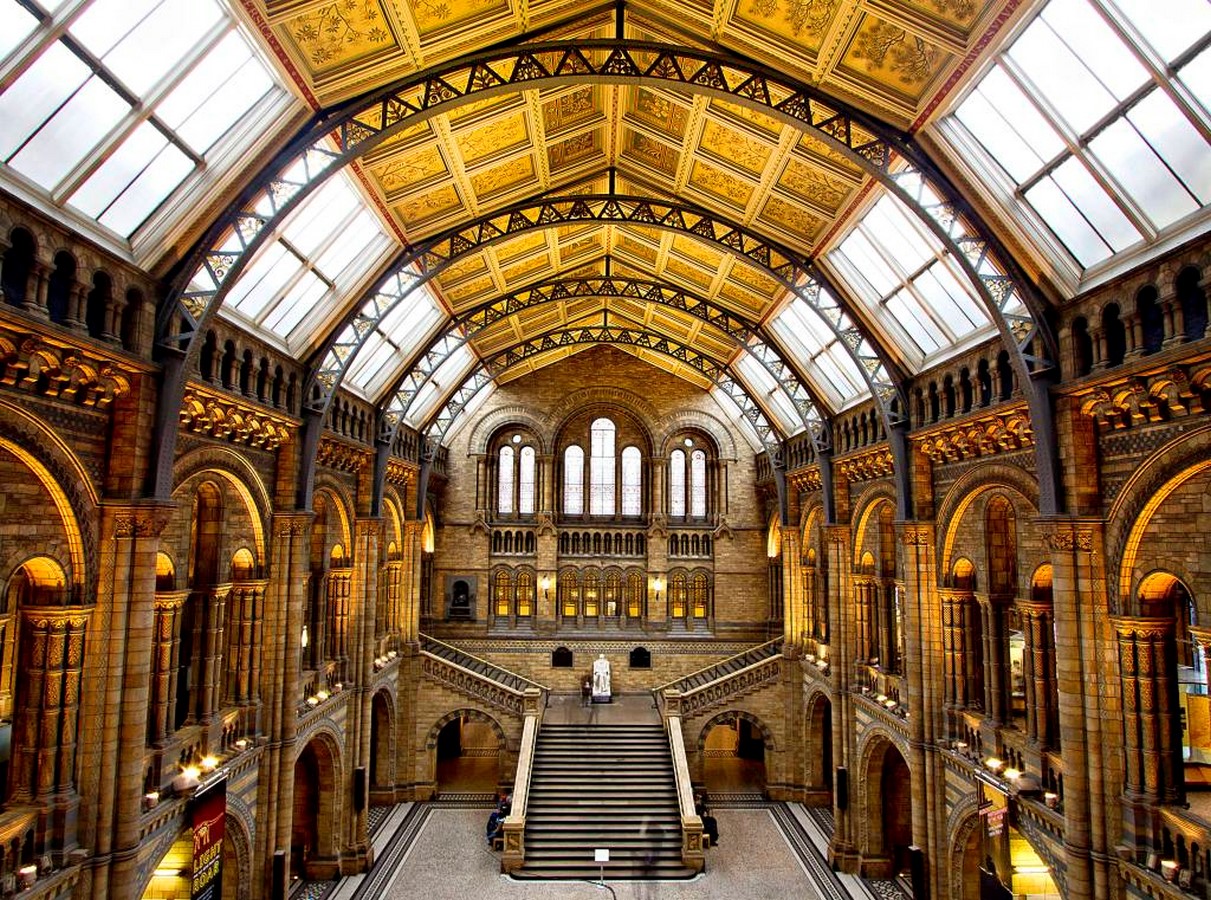
7. Form and volume | Concept in Architecture :
Inspired by LEGO blocks, it involves the volumetric massing of the built environment. The three-dimensional extrusion of the basic plan is modified to the context. This adaptation of basic geometric forms gives rise to structures. The singular mass is broken into parts or modules, each having a different purpose. The form is often a combination of blocks with varying orientations, in response to the microclimate. Forms are also derived from the modification of a parameter of the overall shape. Volume speaks of the internal plan and the proportional height given to it. The openness or claustrophobic feeling when one enters a space is the first and lasting impression.
The blocks may be stacked as seen in OMA’s Interlace or Safdie Architects’ Habitat-67, repetition can be seen in any housing master plan while twisting can be seen in the Turning Torso by Calatrava.
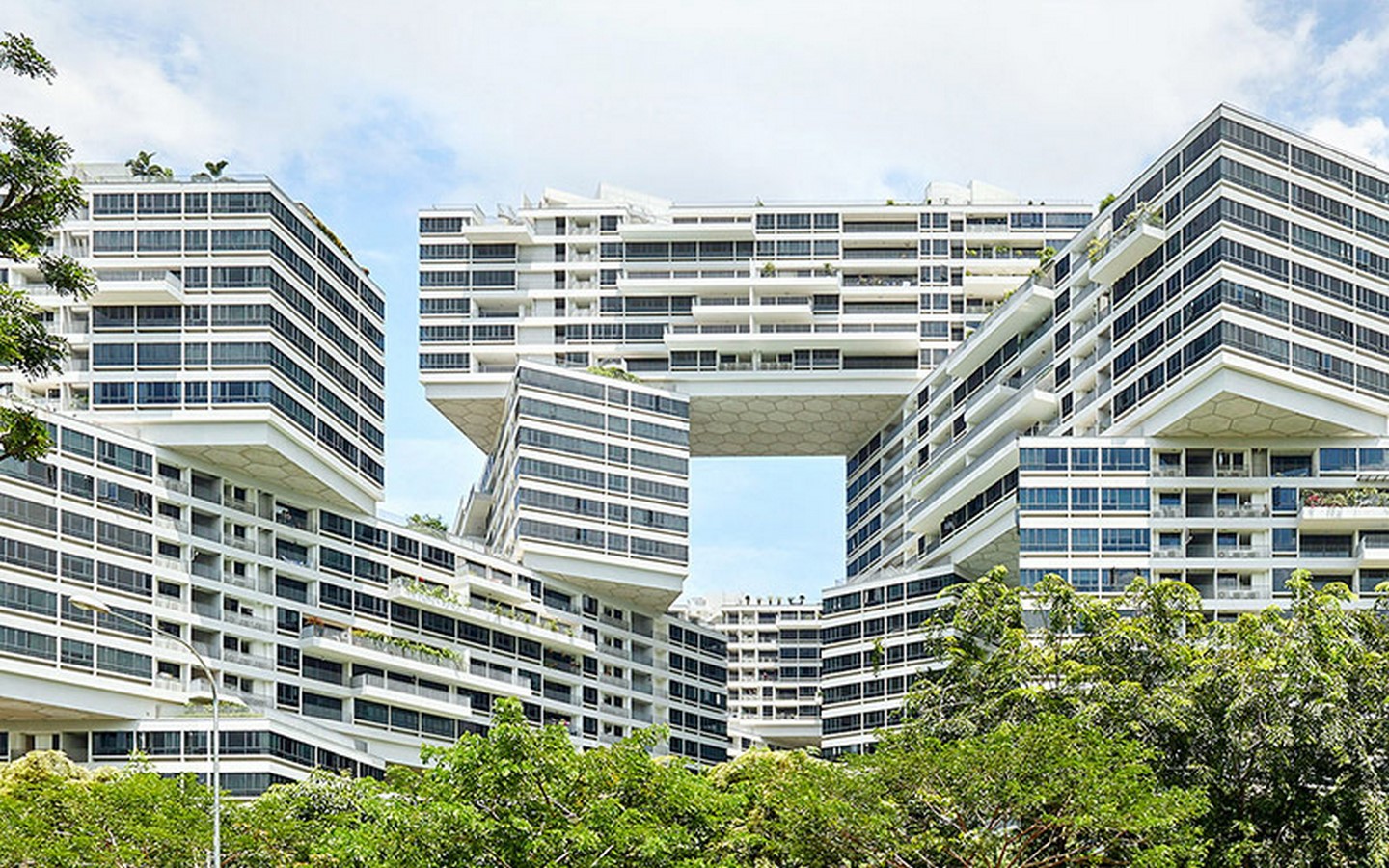
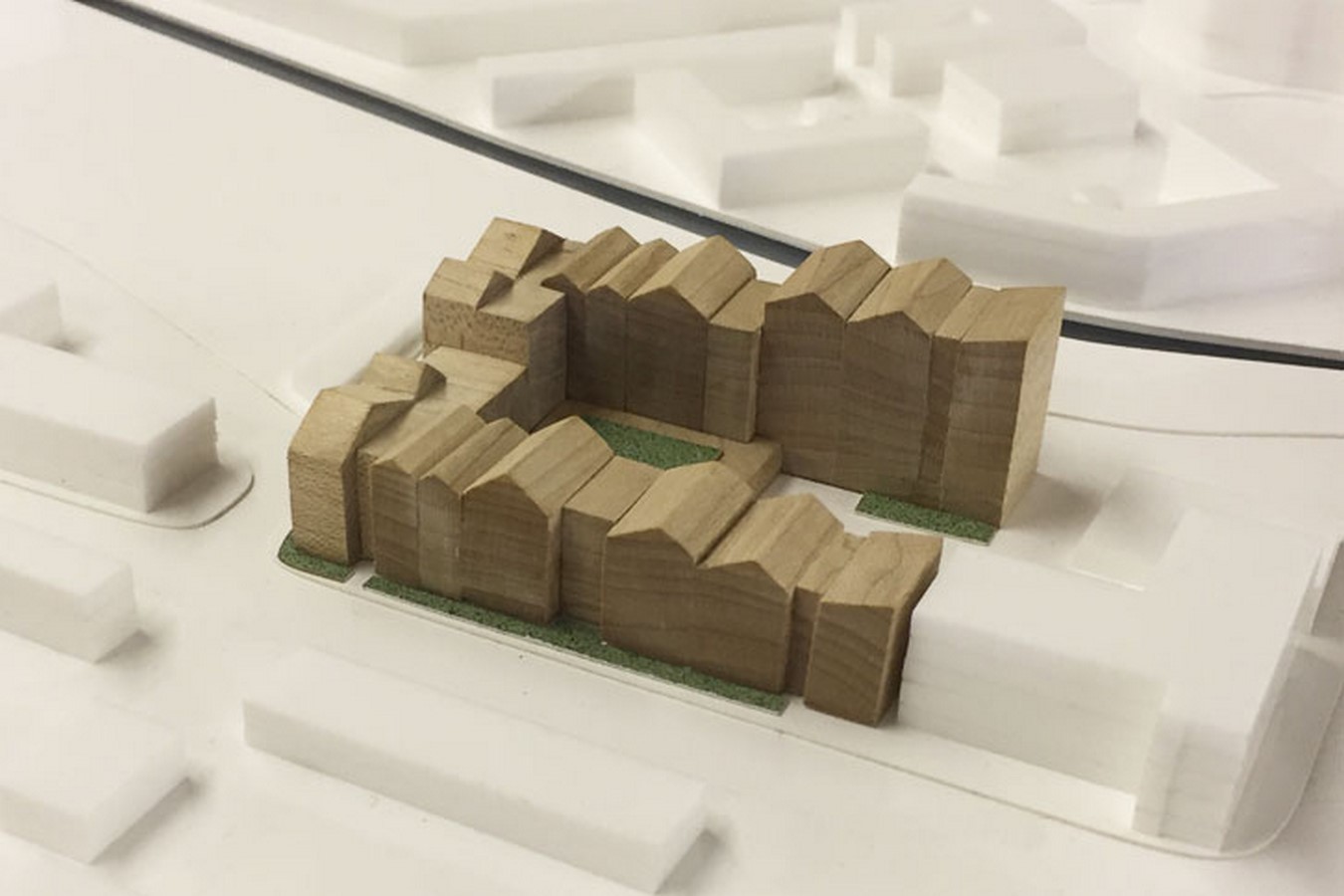
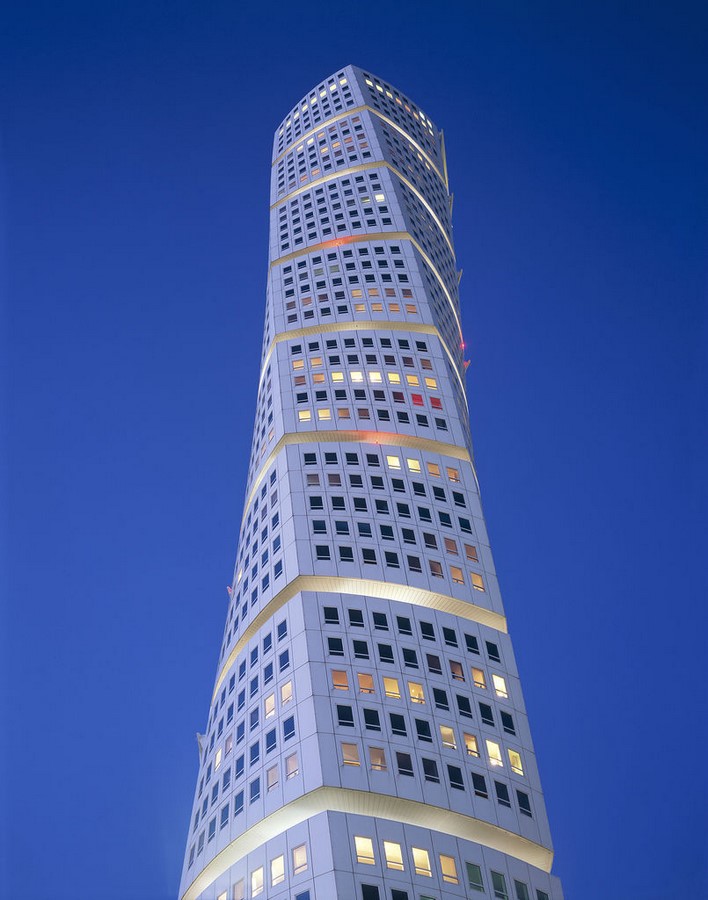
8. Journey and movement | Concept Architecture :
The journey takes into consideration the activity and the processes of the users of the site. The experiences one has as one moves through the spaces make it more memorable. The transition from unbuilt/ natural environment to a built environment is important and must be designed accordingly. Each movement through the site and the structure creates a story and an experience. The story may relate to the function, activity patterns, and experiences of the users. The user is taken along a fixed path which branches and undulates to create multiple narratives. Although the user is the same, the paths taken may differ and in turn the experience of the site.
This can be done with the help of wayfinding in the form of signage, colors, materials, and textures. The culmination of the journey often materializes as a viewpoint or the focal point of the design in larger sites.
